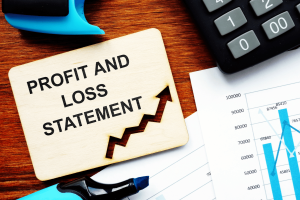Increase Just 12 Areas in Your Business by a Meager 1.4% and Your Profits Will DOUBLE!
Simply enter your name and email below to receive instant access to the video.
If you’ve been turning a blind eye to your financial books, it’s time to wake up and smell the coffee. I’ve been there – drowning in the chaos of inaccurate financial records, always a step behind. But let me tell you, the lifeline of your business success lies in the accuracy of your Profit and Loss (P&L) statement.
Your P&L statement isn’t just a dry report; it’s a treasure trove of information crucial to understanding the health of your business. Here’s what it reveals:
In the dynamic world of business, control is power. Your P&L puts you in the driver’s seat by highlighting three areas under your direct influence:
Why is keeping your P&L up to date so critical? Because it acts as an early warning system for your business. By reviewing it weekly, you can detect and respond to problems before they spiral out of control. Your P&L provides a snapshot of your cash flow, showcasing the money coming in and going out before it reaches your pocket.
Here’s a simple guide to keeping your P&L accurate and insightful:

To stay on top of your game, make these tasks a routine:
If your business transactions are manageable, take charge. However, if you’re dealing with hundreds or thousands of transactions, investing in a bookkeeper is a wise move. The cost is an investment in the time you’ll save and the accuracy you’ll gain.
In conclusion, your Profit & Loss statement isn’t just a report; it’s the steering wheel guiding your business through the twists and turns of the market. Ignoring it is like driving blindfolded. Stay in control, stay profitable.
Drive your business towards success with a clear view of your financial landscape. Learn more about the power of the Profit & Loss statement and compounding growth in this 3 minute video.
Simply enter your name and email below to receive instant access to the video.
100% Privacy Guarantee.
Your information will NEVER be sold or rented to anyone!
100% Privacy Guarantee.
Your information will NEVER be sold or rented to anyone!